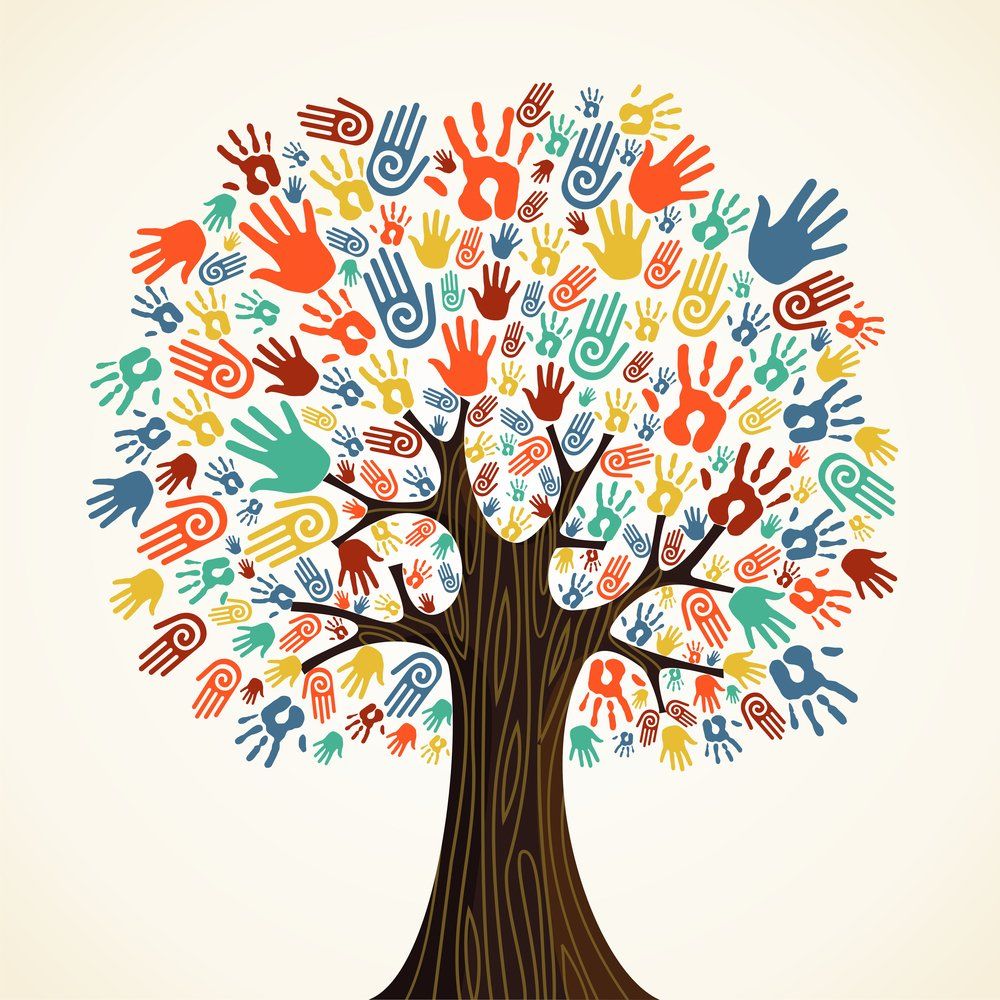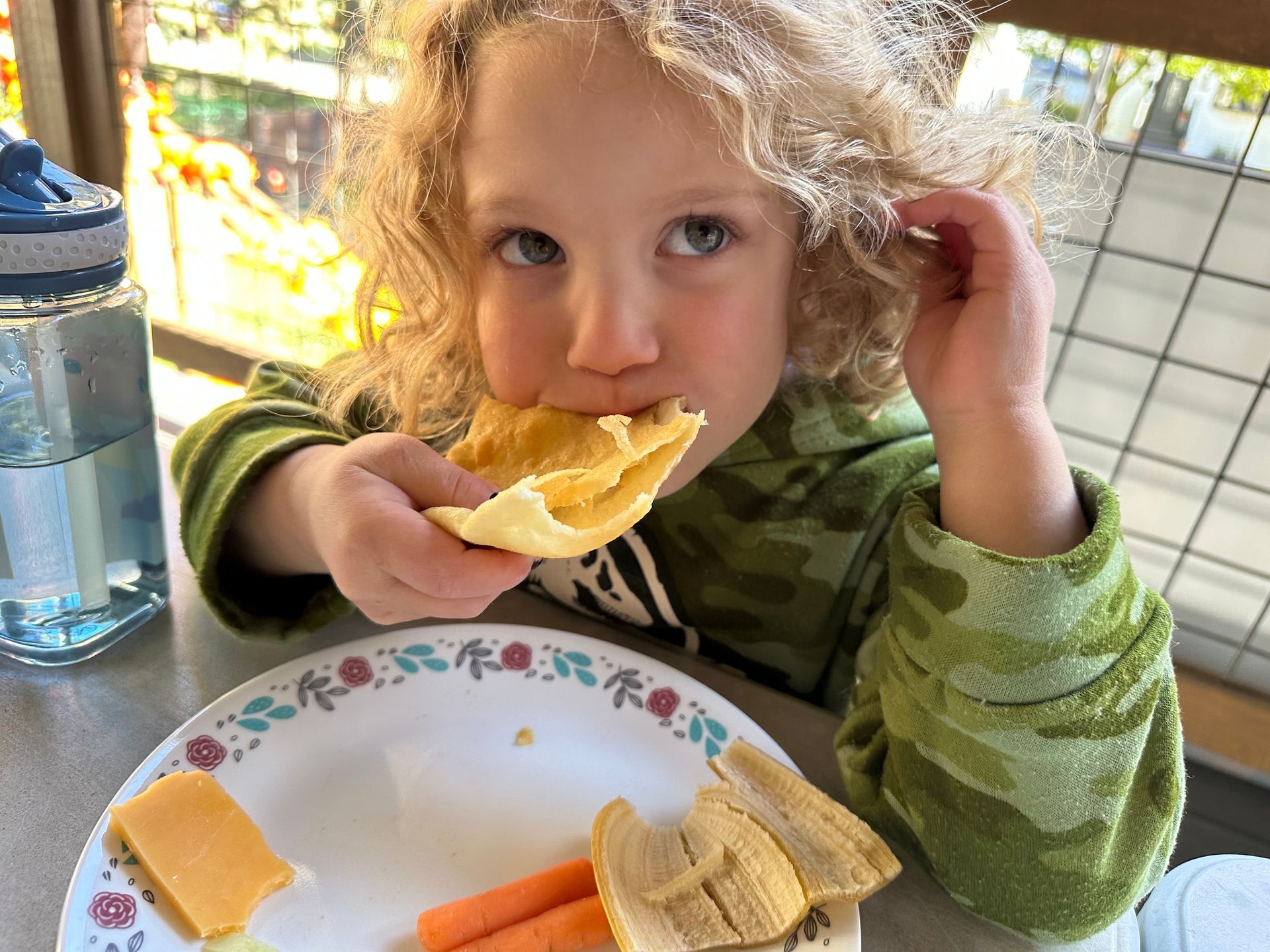Back to School: What to Expect?
by Roxy Krawczyk, M.A. Ed.
The back-to-school season can be such an exciting time, for children and parents alike!
For some families, attending preschool or kindergarten will be the first time their child has spent a significant amount of time away from home. For others, the start of school may mean moving to a new program, maybe even shifting from daycare to a more formal school setting. Other families will find that back-to-school means returning to a familiar environment and regular routines.
No matter which shift your family is going through this year, heading (back) to school is a big move. There will likely be a period of adjustment. And understanding what to expect can help make the transition a little easier for everyone.
For children, starting school means adapting to a lot of new stimuli. There are new environments, new routines, new people, new foods, and of course so many new things to learn! Even older children who are returning to the same program have to adjust to a new set of expectations as role models for new and younger friends.
With so much intellectual, cognitive, and social-emotional growth happening, it is very normal for children to be more tired than usual after school. After all, they are using a lot of energy to navigate their new environment. You may also see more dysregulated behavior such as whining, crying, or irritability. This happens because your child is using up so much of their self-regulation bandwidth during the course of the school day.
Don’t worry — these shifts are not permanent! As your child adjusts to their new daily rhythms, you should see their stamina and self-regulation begin to increase again.
If you are still seeing marked after-school fatigue or dysregulation in your child after the first month or so, let us know. Together we can investigate the contributing factors and make a plan to best meet your child’s needs.
You may also notice that your child wants to take on more responsibility at home. Or, conversely, they may show some signs of regression in this area. (Perhaps they even fluctuate between the two from day to day, or hour to hour!) Never fear – both are normal.
Some children will suddenly want to start doing things at home that they now do independently at school. Please let them! As long as they are showing interest and motivation, it is good for them to try new tasks and take on more independence at home.
Other children may find the new level of independence at school fatiguing and begin asking for help with tasks at home that they previously did on their own. Don’t panic. As their stamina grows, you should see your child returning to their former level of independence. For now, offer your child a little extra help with the understanding that you can shift expectations back as they make the adjustment.
And from our side, no news is good news! (Outside of our regular communication, of course.) We expect a period of adjustment, and we have over 60 years of combined experience in helping children through these transitions. Rest assured that if we have any concerns about your child, we will let you know right away.
Thank you for choosing A.L.M.A. for your family. We are so happy that you are a part of our community. We can’t wait to share in all of the amazing ways your child will grow this year!
About the Author
Roxy Krawczyk is an educator, consultant, and freelance writer. She has an M.A. in Education as well as Montessori teaching certifications in early childhood (AMS) and adolescence (AMI). Roxy loves helping parents learn new tools for the ever-changing job of raising small humans!






